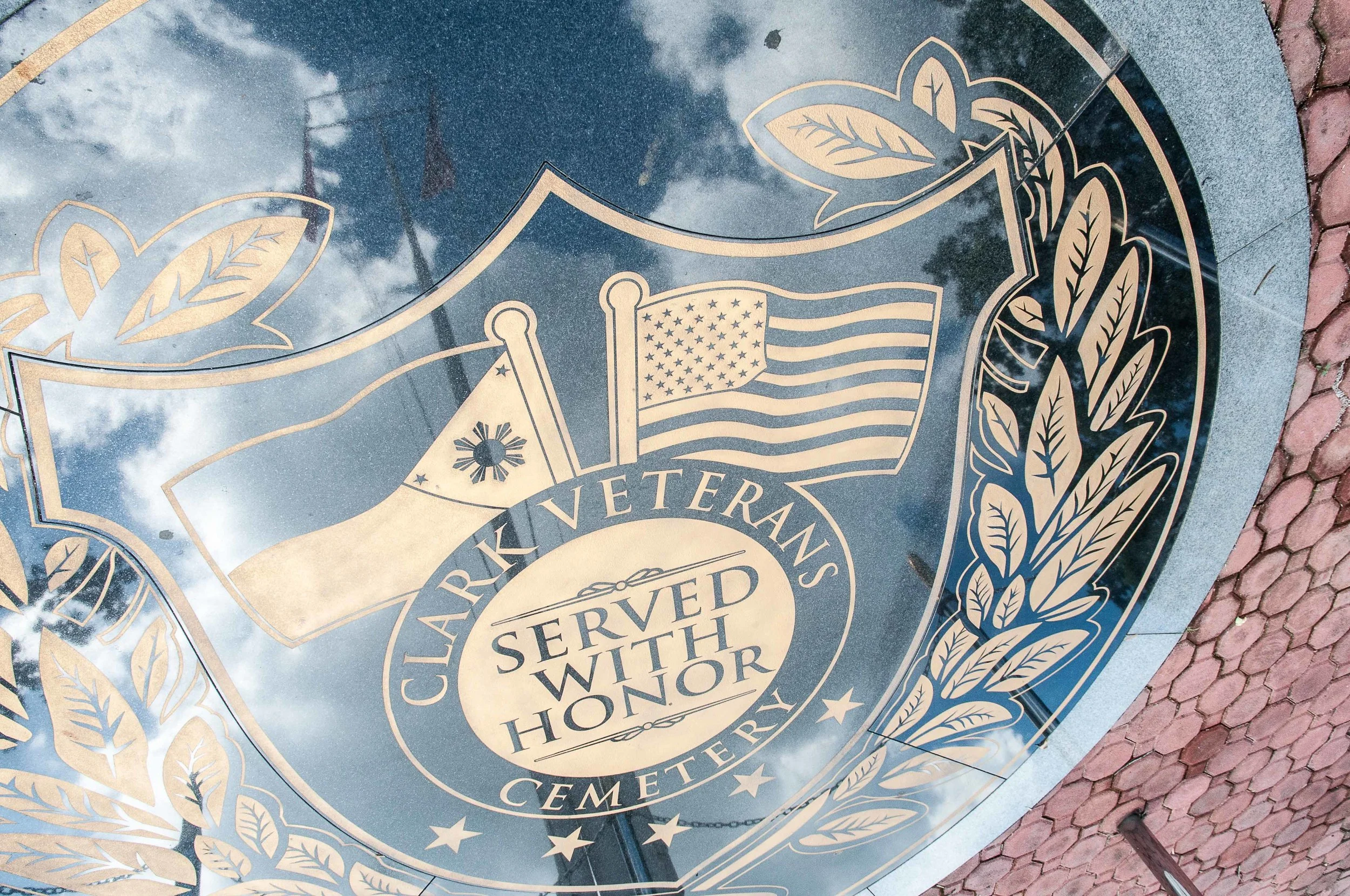
The kids the Americans left behind
Decades after they left the Philippines, shadows of the U.S. military loom over the misfit “Amerasian” offspring of long-departed servicemen and forgotten prostitutes.
His schoolmates could tell just by looking at his face that his mother was a prostitute and his father had abandoned him. Emmanuel Drewery, a tall and thin young man, has skin a pinch lighter than his neighbors. He was born twenty-six years ago in Olongapo, a city in northwestern Philippines.
Read the full story in Narratively. July 2014


“This city was completely dependent on the sex industry. There were lots of girls and lots of pimps on the streets,” says Drewery, whose grandparents moved to Olongapo to manage a nightclub, which was a cross between a brothel and a pub. His mother, who has a beautiful voice, was fifteen back then and sang as a sidekick to strip acts. But music was not what soldiers were looking for.


By the end of the 1980s there were some 500 brothels and 15,000 prostitutes in Olongapo to meet the high demand of the naval base. Clark Air Base, some thirty miles east of Olongapo, was even bigger, covering 230 square miles near the city of Angeles. Olongapo and Angeles were known by American soldiers as the “twin sin cities” of the Philippines: Sodom and Gomorrah in Southeast Asia.



Olongapo is next to Subic Bay military base, the largest American overseas naval facilities during the Cold War. Drewery's father was one of millions of soldiers who, over many decades, visited Olongapo’s red light district, Barretto, a hotbed of crime, unrest and sex for sale.
